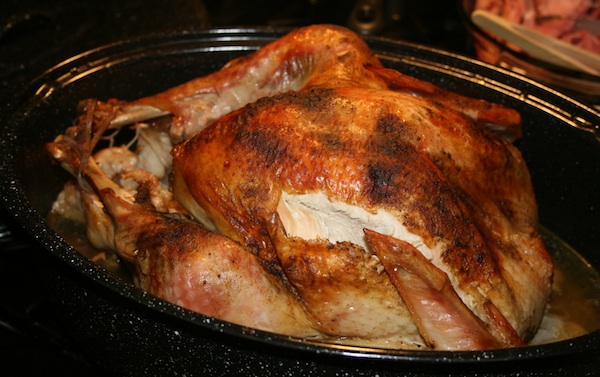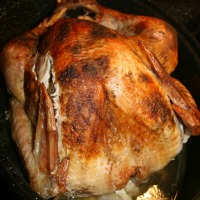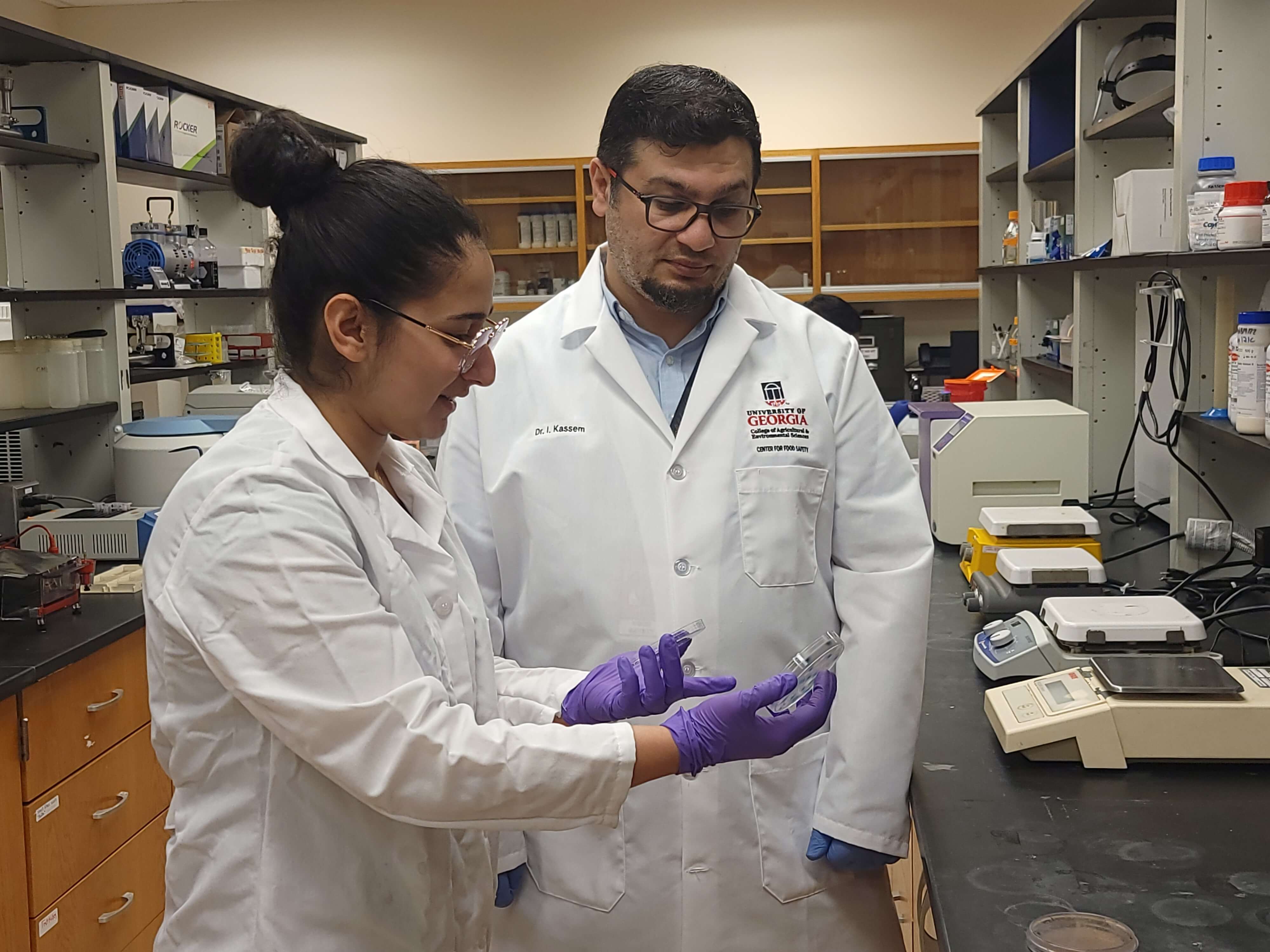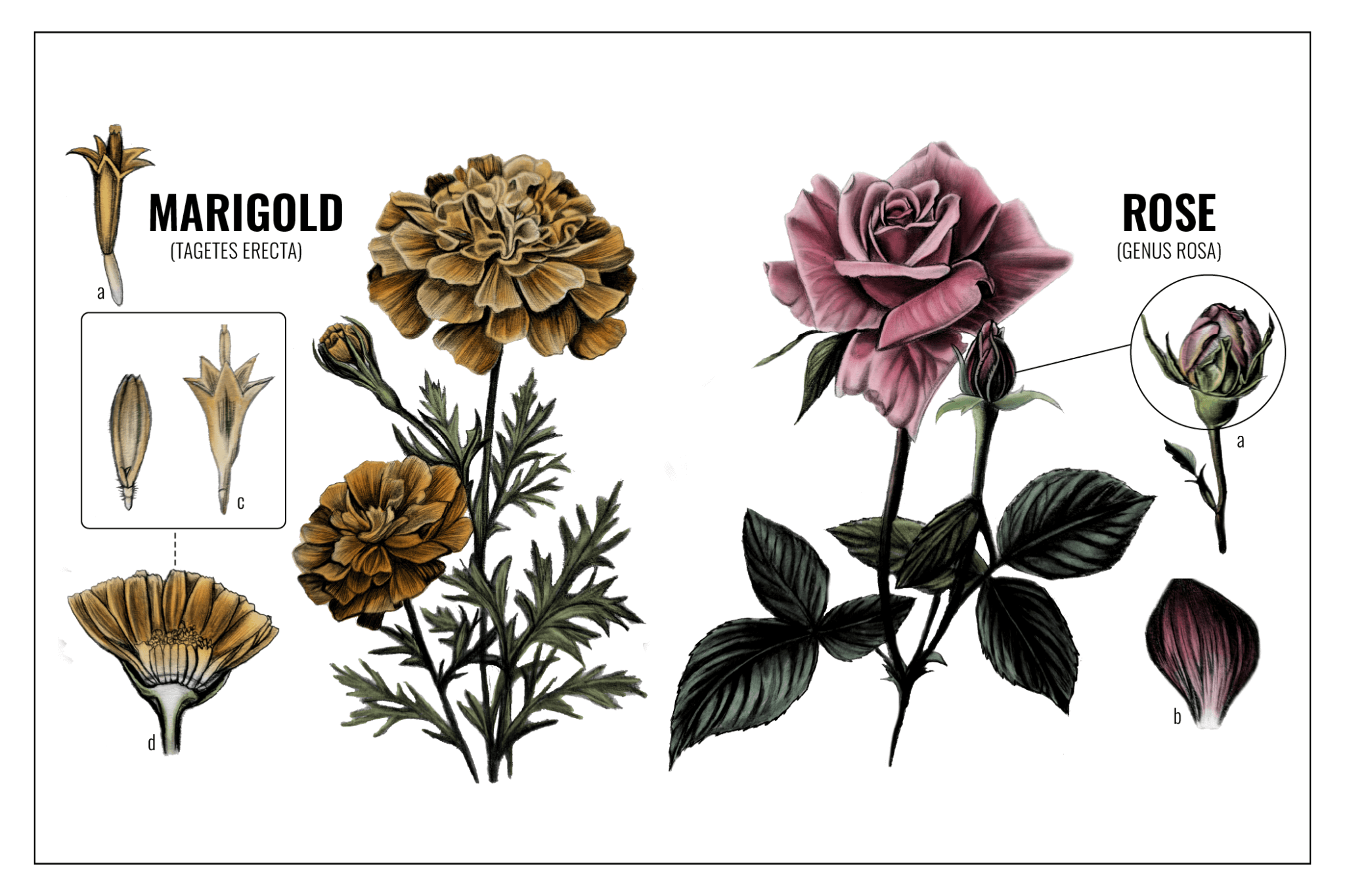In this era of celebrity chefs and Internet recipes, cooks can find plenty of new techniques for oven roasting the Thanksgiving bird.
They may promise a browner, tastier and more tender bird, but University of Georgia Cooperative Extension food safety expert Judy Harrison is a fan of the classics.
“Over the years people have come up with all types of strange tactics they think will make a better turkey, like cooking it in a brown paper grocery bag or cooking it at very low oven temperatures,” said University of Georgia Cooperative Extension food safety expert Judy Harrison. “We don’t recommend these.”
She offers these tried and true tips for oven roasting:
Set the oven temperature no lower than 325 degrees Fahrenheit. Place the turkey on a rack in a shallow roasting pan large enough to hold it with a meat thermometer, and allow plenty of time for roasting.
Many factors can affect the roasting time of a whole turkey, she said. For example, a turkey in a dark roasting pan with a lid or in a cooking bag will cook faster. A foil tent over the turkey for the entire time can slow down cooking. If you plan to cook your turkey in a bag, be sure to purchase cooking bags. These are often found in the section with foil and wraps at your grocery store.
In general, an unstuffed turkey weighing between 14 pounds to 18 pounds takes 3 hours and 45 minutes to 4 hours and 15 minutes to cook. One weighing 20 pounds to 24 pounds, unstuffed, could take as long as 5 hours.
A stuffed turkey that weighs between 14 pounds and 18 pounds takes about 4 hours to cook. One weighing between 18 pounds and 20 pounds takes 45 minutes longer.
It’s okay to cook a frozen turkey, but it takes at least 50 percent longer to cook than a thawed one.
Be sure to use a food thermometer to check the temperature, even if the turkey comes with a pop-up temperature indicator. Using a meat thermometer to check for doneness throughout the cooking process or checking the internal temperature with a food thermometer when you think the bird is done is the only way to know for sure that the turkey has reached a safe temperature.
Check the internal temperature at the innermost part of the thigh and wing and at the thickest part of the breast. If you are starting with a frozen turkey, it is especially important to check the temperature in several places to ensure that there are no cold spots remaining.
Turkey meat, including that which remains pink, is safe to eat as long as it reaches at least 165 degrees F. You may prefer to cook turkey to as high as 180 degrees to remove the pink appearance or rubbery texture.
If you’re cooking stuffing inside the turkey, the stuffing should reach 165 degrees in the center.
“For optimum safety, we don’t recommend stuffing a turkey,” she said. “For more even cooking, we recommend you cook your stuffing outside the bird in a casserole dish. Use a food thermometer to check the internal temperature of the stuffing. The stuffing must reach a safe, minimum internal temperature of 165 (degrees).”
If you do cook stuffing inside the turkey, stuff the bird loosely and remove all of the stuffing as soon as the turkey is done. Make sure the turkey and the stuffing have reached at least 165 degrees F.
Quick hints
- Allow plenty of time for thawing and do not thaw on the counter. For tips on safe thawing techniques check the USDA's website at www.fsis.usda.gov/Fact_Sheets/Turkey_Basics_Safe_Thawing/index.asp
- Tuck wing tips under the shoulders of the bird for even cooking.
- Add half of a cup of water to the bottom of the pan.
- If the roasting pan doesn’t have a lid, put a tent of heavy-duty aluminum foil over the turkey for the first hour and a half to keep it moist.
- To prevent overbrowning, put foil over the turkey after it reaches the desired color.
- If using an oven-proof meat thermometer, place it in the turkey at the start of the cooking cycle to check internal temperature during cooking.
- Follow the manufacturer's guidelines when using a cooking bag. Always wash hands, utensils, sink and anything else that comes in contact with raw turkey or its juices with soap and water.
For more cooking methods, contact the local UGA Extension office at 1-800-Ask-UGA1. Or, call the USDA Meat and Poultry Hotline at 1-888-674-6854.








